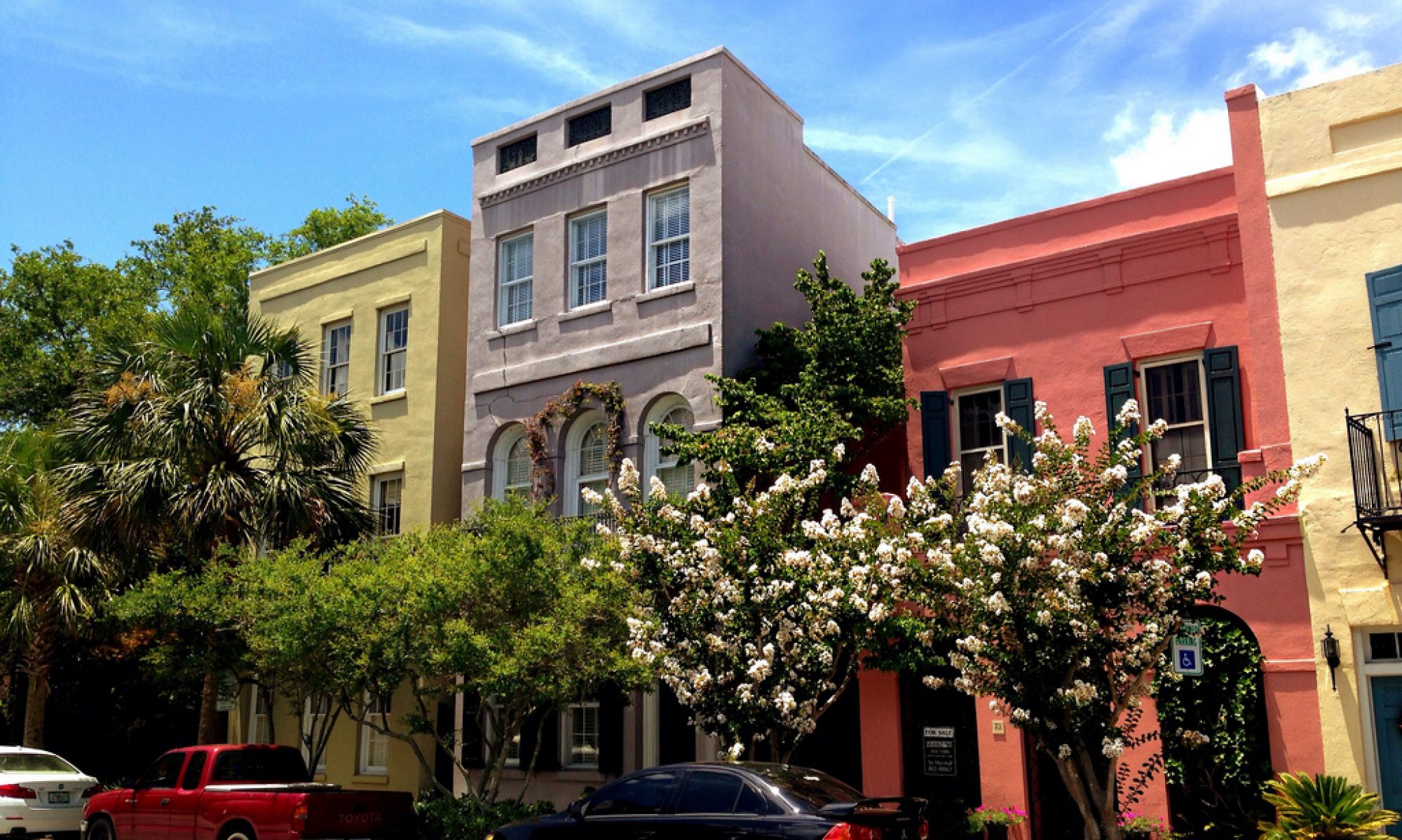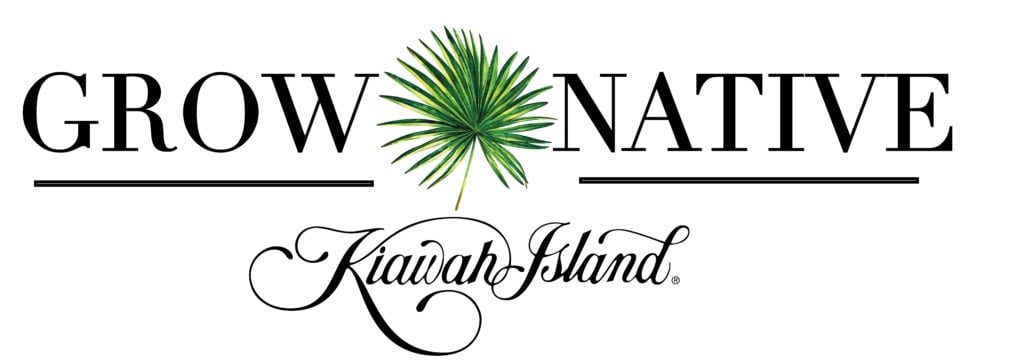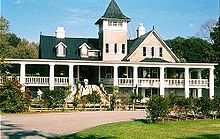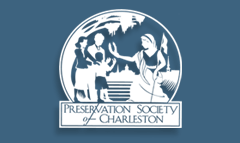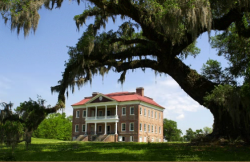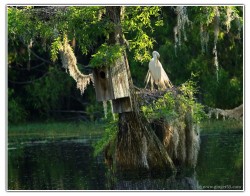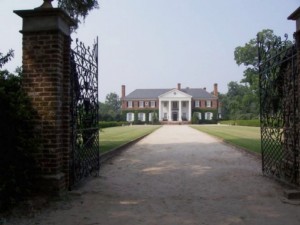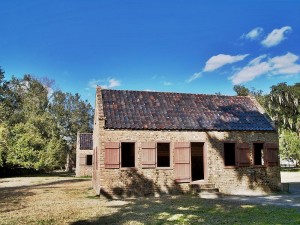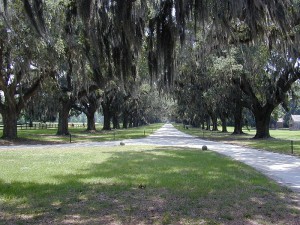By: John Williams
While many of us are busy getting our lawns ready for the upcoming growing season, many plants are also preparing for warmer temperatures. Springtime in Charleston is one of the most beautiful times of year to get out and enjoy the many blooms that adorn every nook and cranny of the city. You’ll find bulbs pushing through the ground as well as flowering shrubs and trees that bring a canopy of color and fragrance to every street. Check out these five blooms you’ll see everywhere in Charleston this Spring:
Camellia
This popular bloom appears at the first sign of spring, making the Camellia a welcome sight for winter-weary natives. This flower can vary significantly in its size and shape as well as color. You may notice pink, white, or red Camellia blossoms begin to form against dark evergreen leaves. Camellia trees make excellent hedges and borders and do well when planted together to create a wall of sheer beauty. The trees can also grow up to 65 feet tall making them a favorite for all to see. The Magnolia Plantation and Gardens offers daily walking tours to showcase these magnificent native plants. Camellias are essential to Charleston and the surrounding area for the tea that comes from their scented leaves and flowers. Many of the city’s historic farms continue to grow Camellias today.
Azalea
These common southern plants also native to the area, bring forth pink and red bursts of color when they bloom in the spring. You’ll see these lovely shrubs announcing their arrival after winter with brilliant shades. Azaleas are popular to use as hedges or as anchor plants in gardens to fill in the landscaping. They’re also great for providing privacy for backyard dining areas. Azaleas aren’t tough to grow, so you’ll find them in wild areas around the city. The flowers have a long history in Charleston and are one of the most beloved plants around. They’re part of the rhododendron family but are considered to be a higher quality plant than the rest of their relatives.
Wisteria
It’s hard to miss the vines of Wisteria that bloom in beautiful shades of purple during the spring. This climbing plant wraps its way around many buildings in downtown Charleston, framing the noted history of the city. You’ll also see Wisteria climbing gates and lamp posts. The plant can be aggressive and choke out nearby vegetation. You’ll note the clumps of purple colored blooms that make their way all over the vine. Some vines can grow up to 65 feet off the ground and spread over 30 feet wide making them quite the show stopper at maturity.
Forsythia
You’ll see an abundance of yellow when Forsythia begins to bloom in Charleston. This gorgeous plant offers golden blooms that are easy to spot. Forsythia comes in a variety of forms as different breeds produce both regular and dwarf options. You’ll find that Forsythia is a rapid grower and can easily stand up to 10 feet tall and wide given the right soil conditions. It’s known for its slightly unkempt appearance making it a favorite to add variety to a stately cultivated garden. These plants definitely draw attention to areas around the city. The sheer amount of profuse blooms on the Forsythia make this an easy one to spot during springtime in Charleston.
Crepe Myrtle
You can’t go far in Charleston in the spring without spotting these gorgeous trees. Crepe Myrtles are the original ‘Southern Hospitali-Tree.’ These smaller trees came to America through the port in Charleston and began to bloom immediately. It produces blooms in a variety of colors including red, pink, white, and purple. The arching branches of the Crepe Myrtle also give this tree a soft, endearing look that makes them perfect in many cultivated gardens around the city.
There are plenty of gorgeous plants to see in South Carolina in the coming months, but none compare to the popularity and beauty of these five blooms you’ll see everywhere in Charleston this spring.
John Williams is a guest writer, an outdoor living expert and explorer. When he’s not traveling to nature’s most well-known beauty spots, he tends to the greenery surrounding his home.

